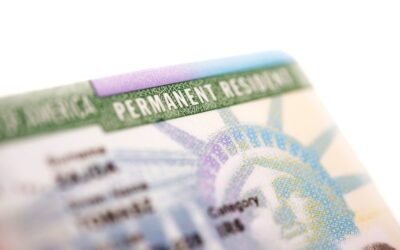An offshore company can make great sense when you live abroad. Not only is the foreign business incorporated where you are. An offshore company controlled from outside the US also affords significant tax savings. But what to do with your offshore business when moving back to the US? Can you keep the company and its tax advantages?
Some advisors may tell you that you always have to dissolve the offshore company and move it onshore with you. If dissolving the offshore structure is really your only option however depends on the business specifics. Keeping at least part of the business offshore, if possible, can save you US taxes.
Offshore business advantages after the tax reform
The new tax law eliminated the biggest tax advantage of offshore businesses, the tax deferral for foreign profits. However, it created a preferential tax rate for certain foreign income called GILTI.
The reduced GILTI rate of 10.5% applies to international businesses that do not engage in US trade or business. So the key question becomes: Do your offshore business activities remain offshore, as a whole or in parts?
To achieve the 10.5% GILTI tax rate, you need a C Corp hold your foreign company. You can still take a salary that is not subject to self-employment or social security tax if you qualify as expat. You can also take excess money from the company in the form of qualified dividends.
Keeping your business offshore even if you are not
Let’s look at an example.
An online business coach lived abroad and had his company setup in Nevis. Now he is planning to move back to the US. His multiple income streams include active income from coaching sessions, passive income from books and video courses, and coaching sessions conducted by employed coaches outside the US.
The current business income falls into two categories:
- Income directly tied to the business owner and his location
- Income from online business activities and activities managed and delivered outside the US, independent of the business owner.
When the entrepreneur moves back to the US, he will continue to provide coaching sessions himself with clients in the US. That means he takes the active coaching income stream with him. He won’t be able anymore to claim the Foreign Earned Income Exclusion for his salary. Therefore, this part of the business should be brought back onshore.
Structuring options for offshore/onshore businesses
As a self-employed coach, he might consider a LLC or S Corp. Read more about the differences of LLC and S Corp and when you might want to make the switch.
For the income streams not actively managed by the US based owner, the situation is more nuanced. As mentioned earlier, to enjoy the reduced GILTI tax advantages, the business operations of the offshore company must be managed outside the US. It cannot conduct US trade or business.
If the US entrepreneur employs someone abroad to manage employees and the sale of the books and videos, those foreign operations can continue to enjoy the offshore benefits. Therefore, the US owner will not take a salary from this offshore company as he is not working for the company. However he may pull out dividends from the company at a qualified dividend rate.
By keeping part of the business offshore, the entrepreneur in our case study keeps significant tax savings. The foreign income that qualifies for the reduced GILTI rate is taxed at 10.5% instead of the domestic rate of 21%.
How to determine if your business can stay offshore
To determine if you can keep all or part of your offshore business when you move back to the US, you should talk to an experienced tax and structuring expert.
The options depend on how and where the business operates, the amount of involvement of the owners, whether the business is a controlled foreign corporation, etc. The new tax law is complex, from taxing foreign income to onshore taxation of pass through earnings. We evaluate every situation and develop a customized offshore/onshore plan for you.
Image by rawpixel





